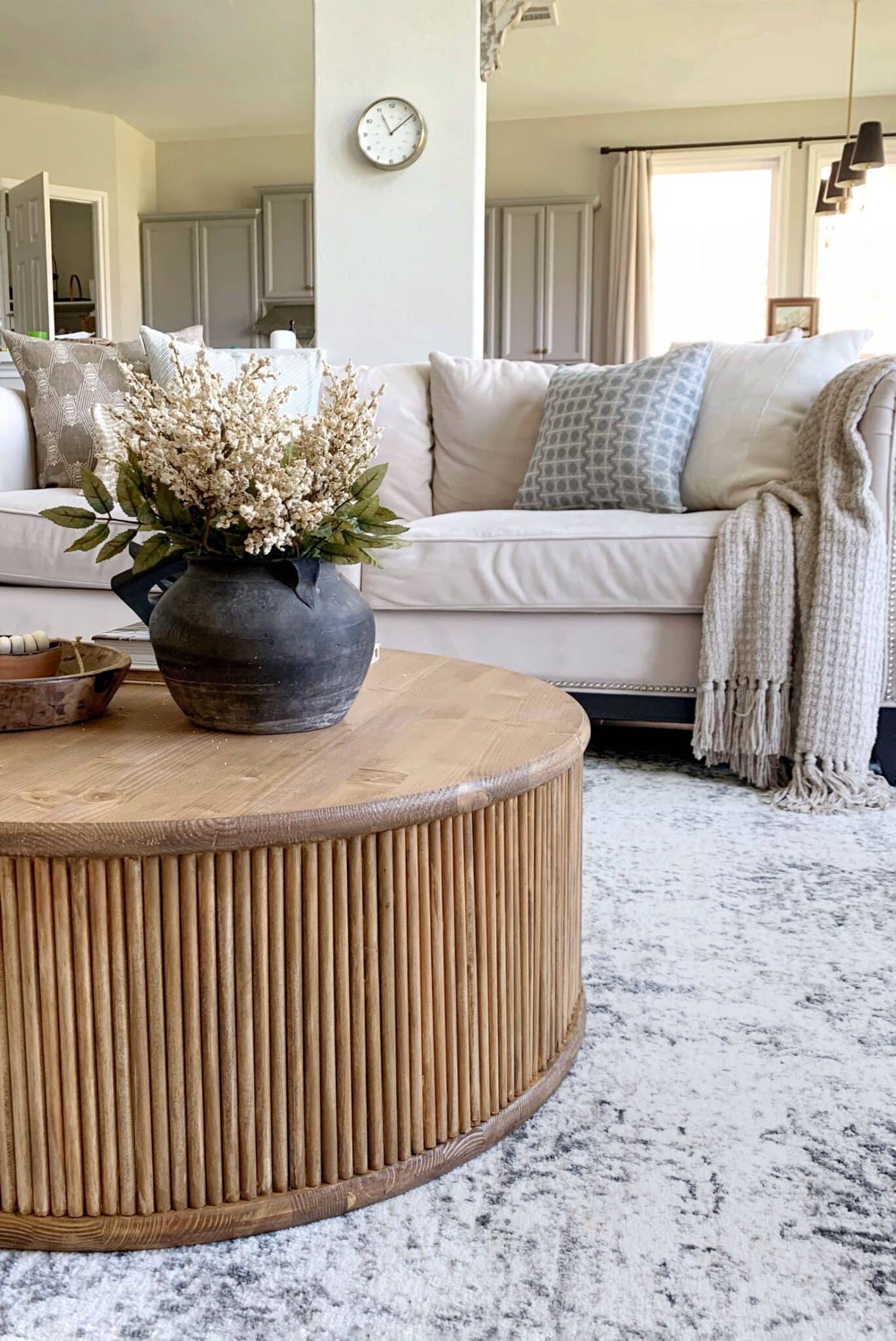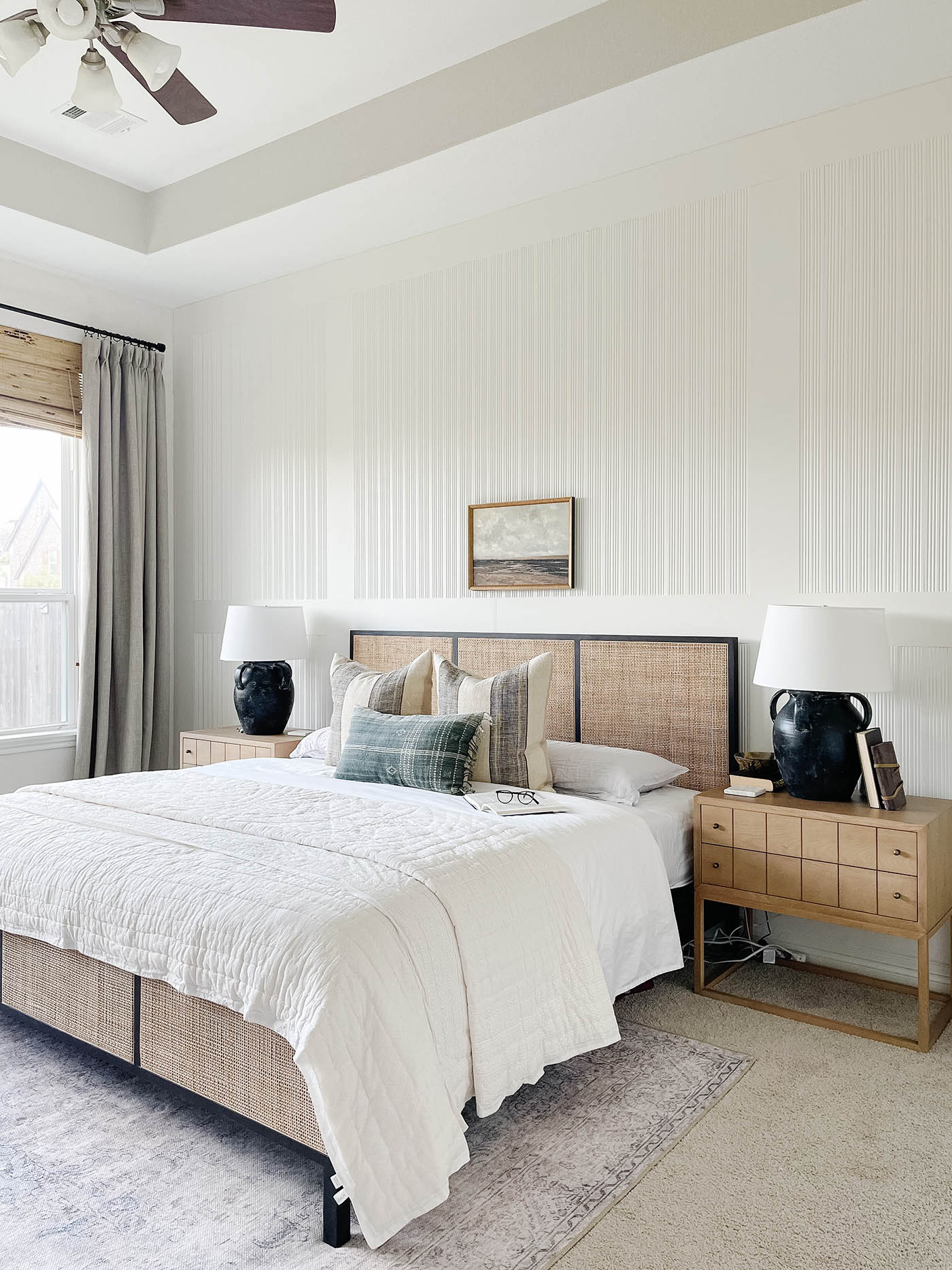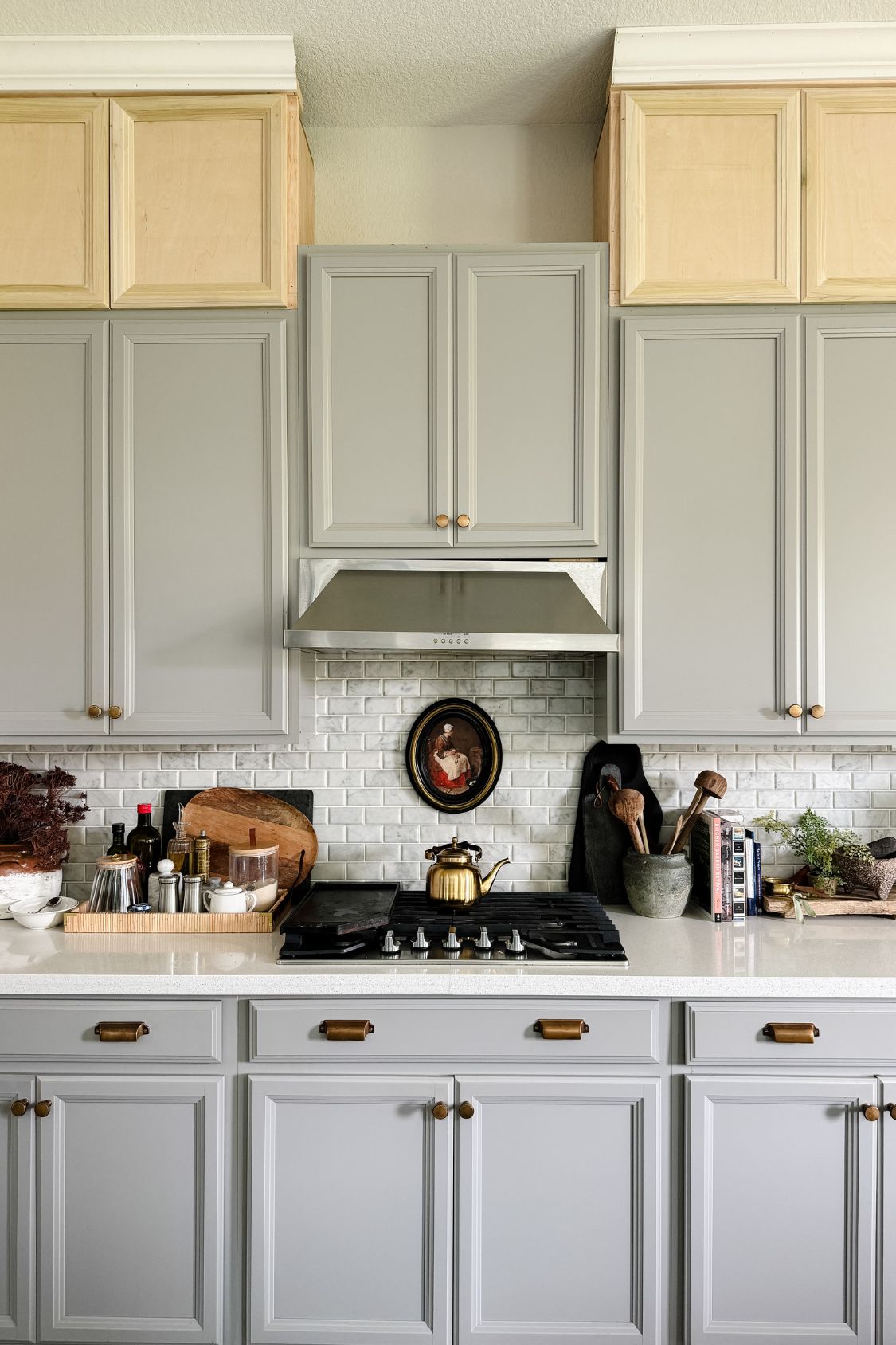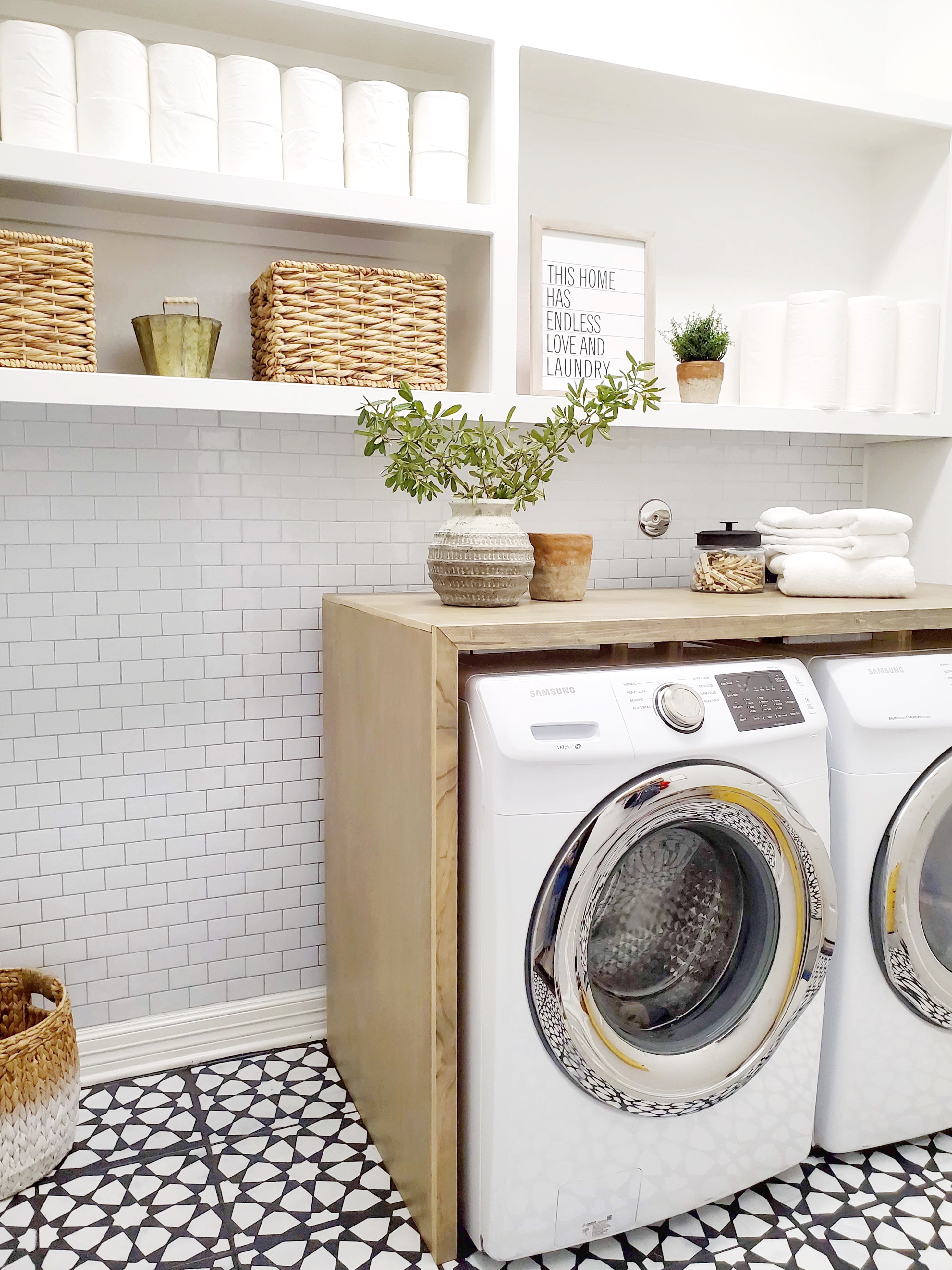How to Upcycle Old Furniture with Paint
Table of Contents Show
There’s something incredibly satisfying about breathing new life into an old piece of furniture with just a little paint and creativity. Whether you’re reworking a thrifted end table, tackling a bedside table, or refreshing a full dining set, learning how to upcycle furniture with paint is a great way to add personality to your home while being environmentally conscious. And the best part? You don’t need fancy tools or a background in furniture restoration to make it happen.
Upcycling is also one of the most budget-friendly and sustainable home décor options out there. Instead of sending old furniture to the landfill, you’re giving it a new life.
Below, we’re diving into how to select pieces, prep like a pro, choose the right paintbrush, and execute a paint job that rivals any professional makeover. Let’s get into the full process from start to finish.
How to Choose Which Furniture to Upcycle
Consider Condition
Not all furniture is worth the effort. Skip anything with severe structural damage like deep cracks, broken legs, or major warping. Look for wooden furniture with a solid frame.
Dents, scratches, or outdated finishes can all be addressed with paint and a little elbow grease. Old pieces with character are ideal. Think antique dressers or vintage cabinets with ornate hardware.
Think About Function
A successful upcycling project starts with choosing furniture you’ll actually use. Consider what your home needs. Perhaps a bedside table with more drawer space or a revamped end table to brighten your living room. Matching form with function is the best option for both aesthetic impact and usability.
Look for Interesting Details
Unique carvings, curved legs, or textured panels are standout features once highlighted with the right color palette. Adding chalk paint or dark wax over intricate details creates depth and a vintage look, while bold paint colors can modernize mid-century silhouettes.
Start Small and Build Confidence
If you’re new to upcycling, smaller pieces like a stool, mirror frame, or simple table are ideal starting points. You’ll get a feel for how different colours look once dry, how much paint you’ll need, and how long each step takes. It’s also less intimidating and easier to manage in small sections.
The Best Furniture to Upcycle
Solid Wood Pieces
Solid wood offers the most forgiving surface for paint. It can be sanded smooth, stained, or primed and painted over. Natural woods like oak, pine, or maple are excellent choices, especially older pieces with solid joinery.
Thrift Store or Charity Shop Finds
Thrifted furniture from a charity shop often has more personality than mass-market items and can be found for a fraction of the price. Always inspect for water damage, missing parts, or wobbling legs. A sturdy base and a little creativity can go a long way.
Flat-Pack and Laminate Furniture
Even inexpensive furniture from big box stores like IKEA can be transformed. Use Zinsser BIN primer for better adhesion to laminate or melamine finishes. Consider updating the piece with spray paint on hardware or swapping out handles for a fresh new look.
How to Upcycle Furniture with Paint
Step 1: Prep the Surface

Start by removing all hardware, drawers, or shelves if applicable. Clean thoroughly using a mix of warm water and mild dish detergent. A damp cloth helps remove grime or oils that could prevent paint from sticking. Follow this with a wipe from a tack cloth to catch any lingering dust.
Next, sand the entire surface using grit sandpaper (typically 120–220 grit, depending on the finish). Sanding removes old paint and creates a smooth surface for the new paint to grip. If you’re painting over knotty pine or wood with tannins, it’s a good idea to seal knots with shellac-based primer to avoid bleed-through.
Step 2: Repair Any Damage

Inspect your piece carefully. Use wood filler for holes, dents, or chips. After drying, sand the area until it’s flush. Fill deep gouges gradually, letting each layer dry in between to prevent cracking.
Step 3: Tape Off and Protect

Use masking tape or painter’s tape around edges and hardware you want to protect. If painting indoors, lay down a drop cloth and use cling film to cover nearby surfaces. Keep a clean cloth nearby to wipe off any drips.
Step 4: Apply Primer

If your furniture’s surface is dark, glossy, or uneven, use a good primer like Zinsser BIN to help the paint adhere and block out any stains or odors. Let the primer dry fully before proceeding.
Step 5: Choose the Right Paint

Your type of paint will determine the final look and feel:
- Chalk paint gives a vintage, matt finish and works well for distressed styles.
- Fusion Mineral Paint offers self-sealing coverage and a built-in topcoat.
- Water-based paint is easy to work with and cleans up with warm water.
- Spray paint is perfect for small or detailed items and creates a smooth finish with minimal brush marks.
Choose paint colors that reflect your personal style and the room’s mood. Pastels for a soft vibe, bold hues for a statement.
Step 6: Paint in Layers

Apply paint in thin layers using a mini roller or right paintbrush (angled brushes work well in corners). Let the first coat dry fully before applying the second coat. This prevents peeling or uneven texture. Don’t rush—multiple thin coats give the best finish.
Step 7: Add a Top Coat or Wax
Once your paint is dry, seal it with a top coat, furniture wax, or dark wax depending on your desired look. Matte wax adds a velvety feel, while poly top coats provide durability for high-use items like tables.
Best Tips for Upcycling Furniture with Paint

Use Quality Tools
Invest in high-quality brushes, rollers, and sandpaper. The better the tool, the better results you’ll see in your paint job.
Here are some great tools for upcycling furniture:
Test Your Paint First
Always test your chosen type of paint on a scrap piece or hidden spot. Paint can dry darker or lighter depending on surface texture and lighting.
Mind the Temperature
Don’t paint in high humidity or cold weather. Extreme temps can affect drying and curing time.
Work in Small Sections
This gives you more control and ensures consistency across the piece. Especially helpful for large surfaces or detailed items.
Maintain Your Piece
After sealing, avoid placing heavy items on freshly painted surfaces for at least 24–48 hours. Clean with a damp cloth and avoid harsh cleaners.
FAQs: Upcycling Furniture with Paint
What’s the best paint for beginners?
Chalk paint is forgiving and doesn’t require priming in many cases. It’s a great choice if you want a fast, shabby chic look without a lot of fuss.
Can I upcycle furniture with just spray paint?
Yes! Spray paint is a convenient choice for quick projects. It’s best used on small items, metal furniture, or for decorative accents like knobs.
How much paint will I need?
It depends on the size of your piece and how many layers of paint you apply. For a bedside table, one pint usually covers two coats. Always check the coverage area on the label.
Can I skip the topcoat?
It depends on the type of paint. Fusion Mineral Paint is self-sealing, but chalk paint typically needs a wax or topcoat for protection.
What can I use to clean furniture before painting?
Sugar soap, a clean cloth, or a solution of warm water and mild dish soap work well. Avoid cleaners with silicone or oils.
Upcycling is more than a paint job. It’s a chance to express your personal style, reduce your environmental impact, and give something old a fresh new look.
Whether you’re refreshing a charity shop find or transforming a family heirloom, knowing how to upcycle furniture with paint puts you in full control of your home decor.
With the right prep, tools, and top tips, even the most tired old furniture can become a standout piece in your home. So roll out your drop cloth, grab your brush, and give your next project the new life it deserves.

Take it a step further and learn how to mix and match furniture next!
This post contains affiliate links to products that I used or recommend. If you purchase something through an affiliate link, I may receive a small percentage of the sale at no extra cost to you. I really appreciate your support!











